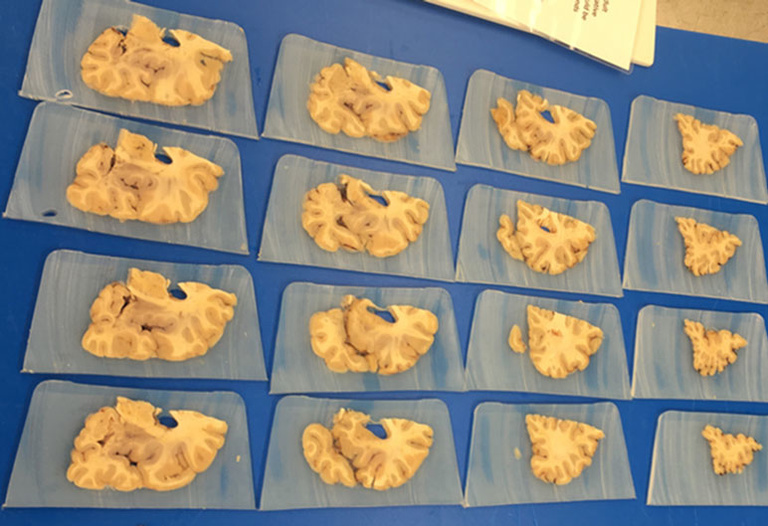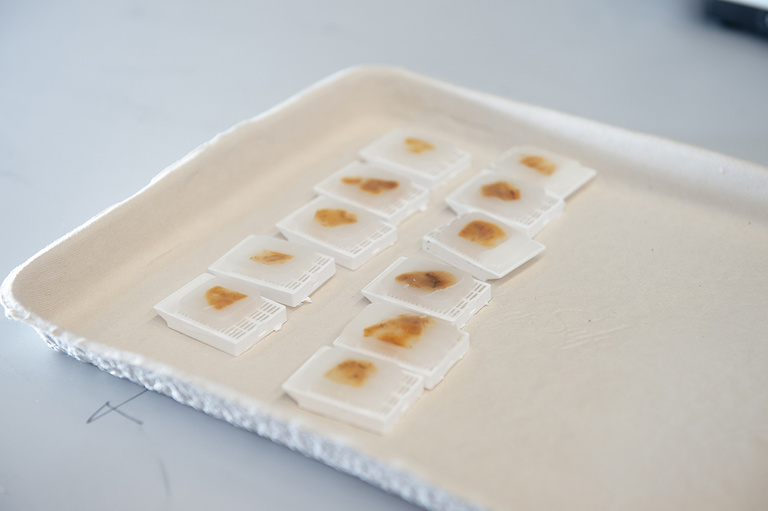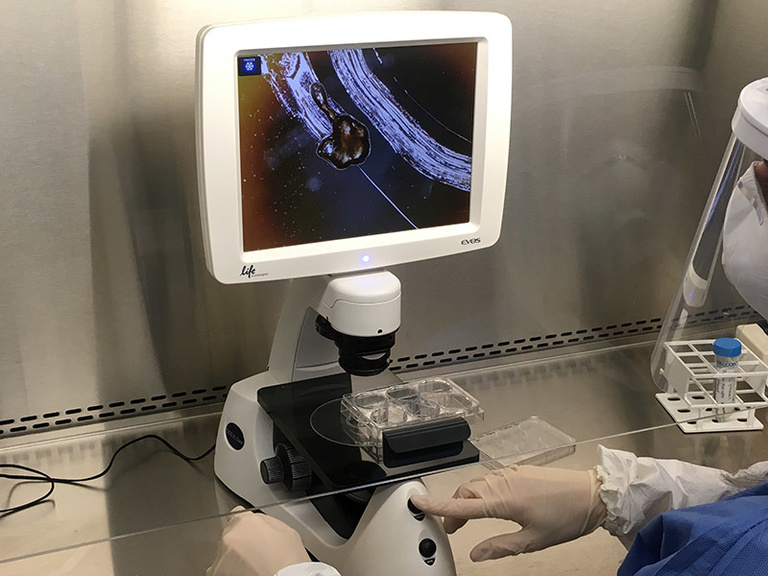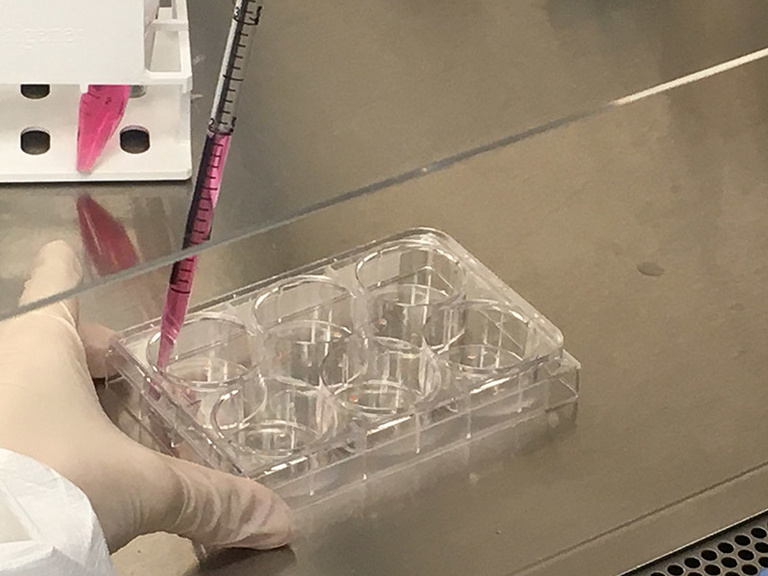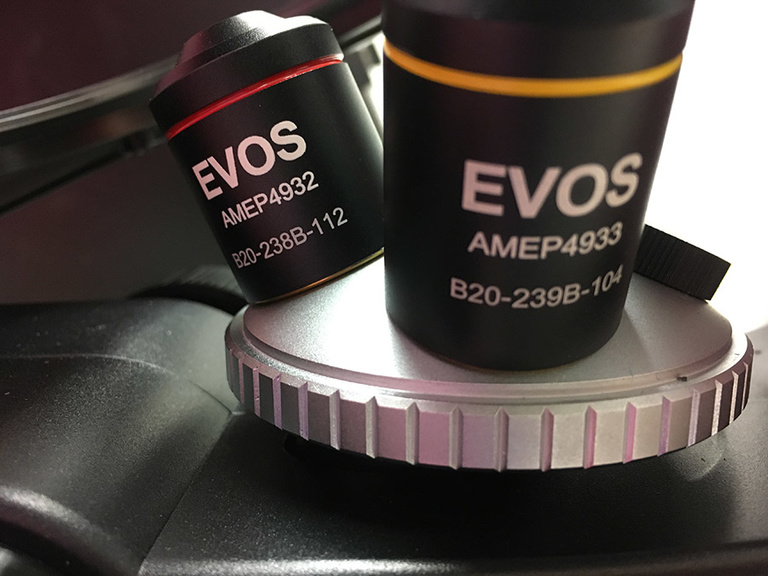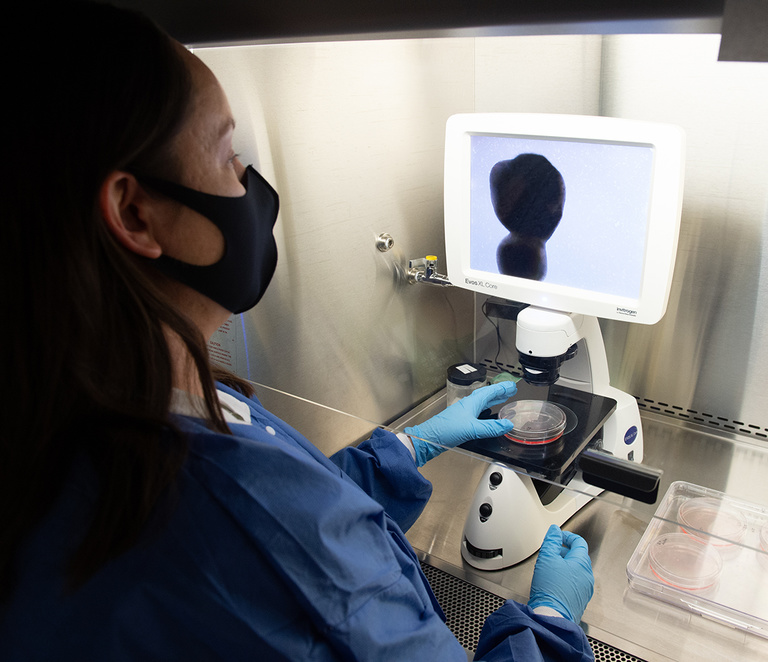Mission
The Iowa NeuroBank Core (INBC) is committed to advancing research by helping scientists explore the complex links between human neuropathology, neurodiversity and clinical symptoms. By providing access to cutting-edge molecular biology techniques and high-quality curated specimens from donors, the Core supports a wide range of research efforts. Our goal is to empower discoveries in neurological conditions, driving progress with technological breakthroughs.
History
Funded by the Roy J. Carver Charitable Trust, the Iowa NeuroBank Core was planned in 2019 and established in 2020 as a wealth of resources for investigators utilizing human specimens and related technologies.
Thanks for all the additional philanthropic support to make this tremendously collaborative effort in the Iowa Neuroscience Institute and across Departments of Internal Medicine, Pathology, Neurology, Psychiatry, Neuroscience, and Pharmacology at the Carver College of Medicine, University of Iowa to advance human brain research and spatial biology advancement.
The Iowa NeuroBank Core has received incredible contribution of the patient donors and their families, as well as continuous federal funding from the Core users since its foundation.
